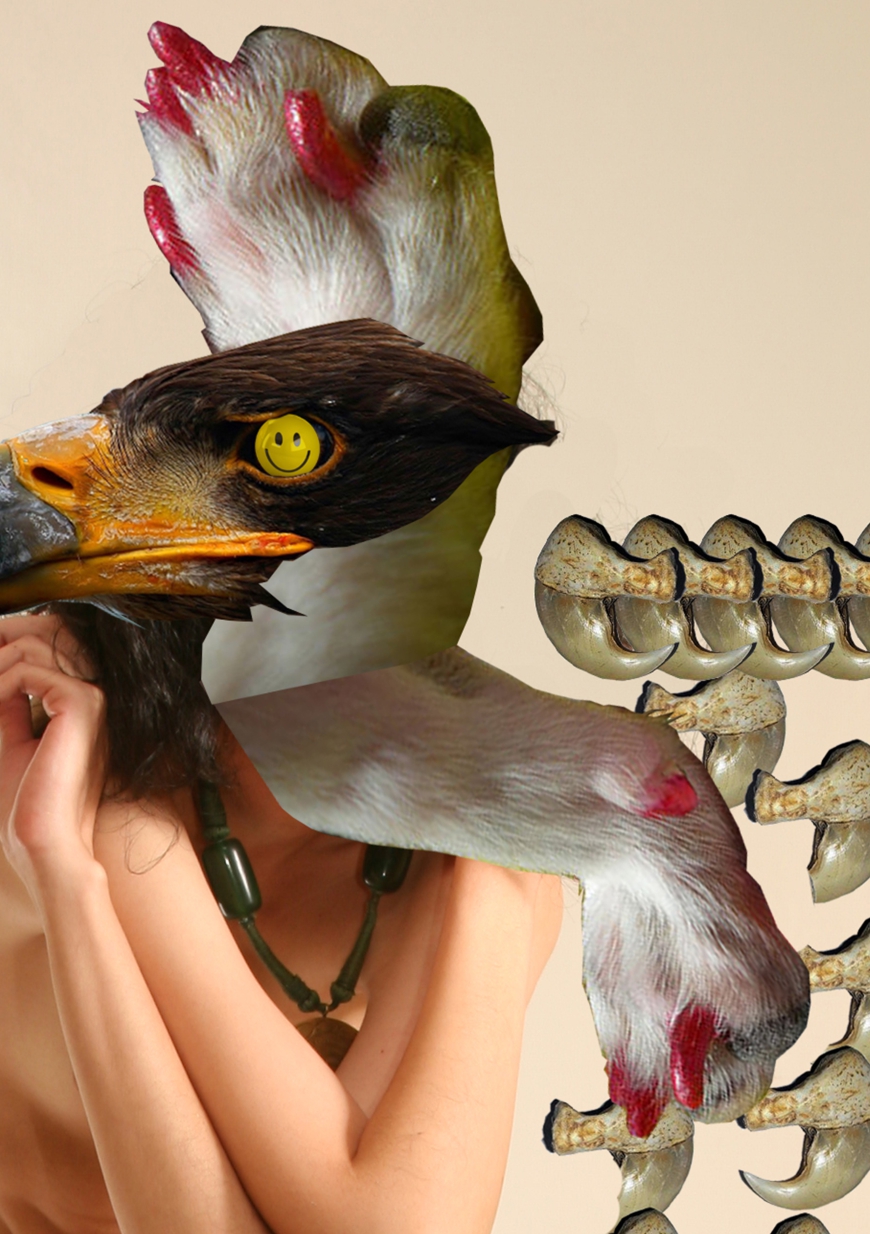Suns and Neons above Kazakhstan brings together seminal works of the 1990s and the early 2000s, from the artists Erbossyn Meldibekov, Bakhyt Bubicanova, Galim Madanov and Zauresh Terekbay, Almagul Menlibayeva, Yelena Vorobyeva and Viktor Vorobyev, Rustam Khalfin, Said Atabekov, Creoleax Centr, Alexander Ugay as well as new commissions by emerging artists: Asel Kadyrkhanova, Nurakhmet Nurbol, Suinbike Suleimenova and Gaisha Madanova.
The exhibition aims to deconstruct a romanticized image of Kazakhstan as a vast and largely unpopulated geography that for decades played upon the collective imagination. It addresses various narratives of national history, from a post-colonial to a critical perspective, while discovering, mapping and voicing changing attitudes and concerns across generations. The exhibition explores the shifts and breaks within the construct of Kazakh national and cultural identity during a short timespan of its independence. It is an exhibition of Suns and Neons above Kazakhstan, of landscape and cityscape. Of artists dealing with history and nation building and an emerging generation concerned with private life and the emancipation of the individual within the isolated reality of city life.
Visual arts were introduced in Kazakhstan with Soviet art schools, established in the 1930s as a form of nation building. Through the 1940s, many practitioners of the avant-garde (then fallen out of favor) were deported to Kazakhstan, resulting in a surprising and mostly undocumented emergence of a non-conformist art scene. This continued through the 50s till the early 90s with strong connections to the Moscow and Leningrad non-conformist and conceptualist circles.
With the break of the Soviet Union, a radical shift took place in the Kazakh art scene. Some practices continued the conceptualist line looking at their own position as part of a Central Asian narrative, while a younger generation searched for a new language. These artists raised questions on postcolonial Central Asia, which found itself in between the revival of national and ethnic imagery and forced processes of identity construction. Playing with provocation, humor, irony and romanticism artists explored the contradictory moments within the rhetoric of authenticity, addressing national independence, recent history and social identity.
Since 1991, like other CIS countries, Kazakhstan went through various socio-economic shifts radically changing its cultural fabric. An emerging generation of artists, growing up during the booming 2000s, did not experience the nationalistic euphoria of the 1990s and do not romanticize their country's past or heritage. They are the new city kids, aware of global networks and social media, resisting confinement and societal designations around them. Their concerns are much more individual and their works draw both from illusions and disillusionments, hope and disappointments of life entrapped within the city...
This exhibition is curated by Björn Geldhof
Assistant curator Anna Fech
Research Anna Fech, Suad Garayeva, Björn Geldhof
With the support of Eurasian Cultural Alliance
